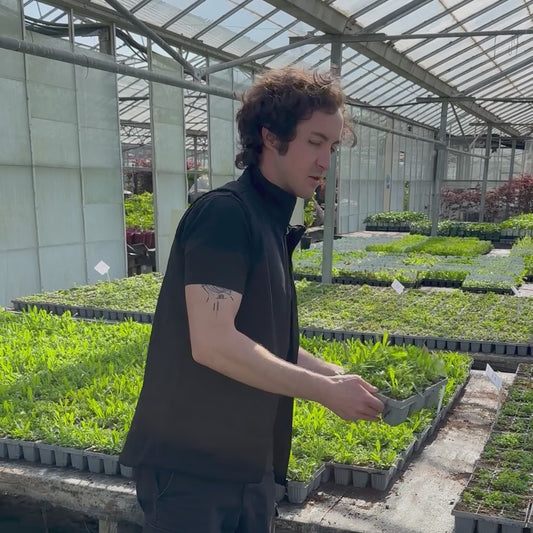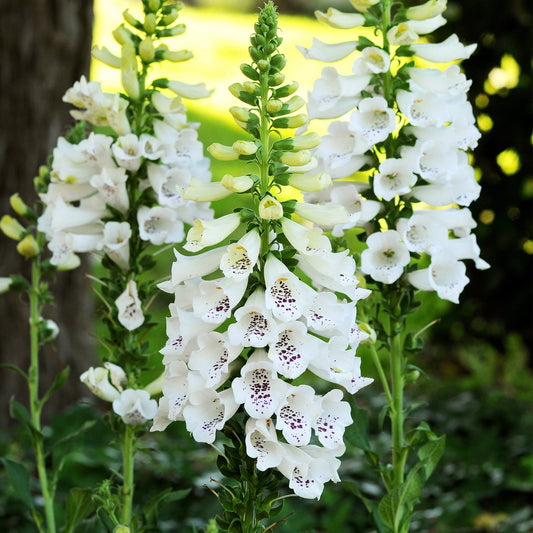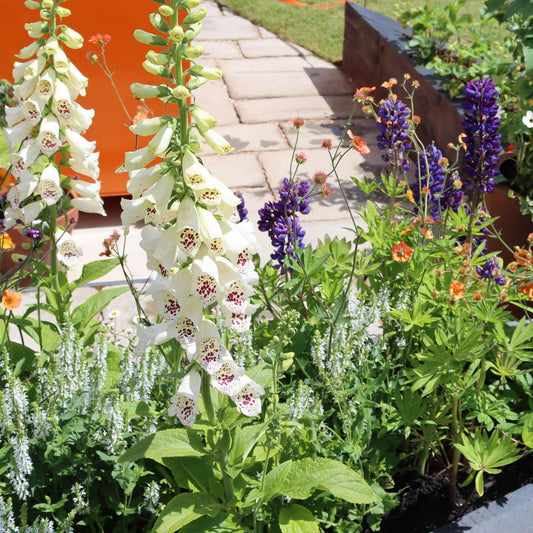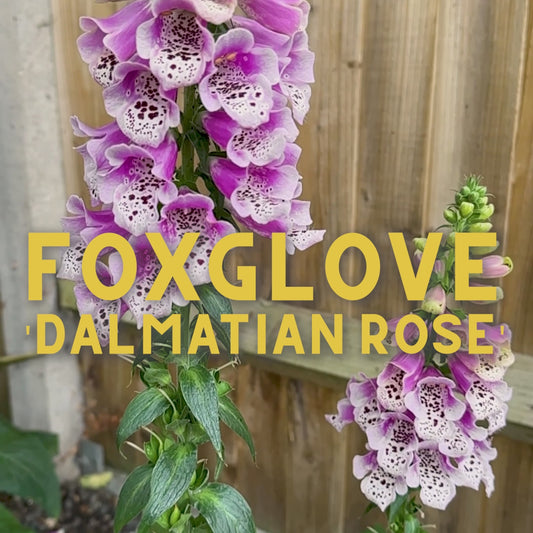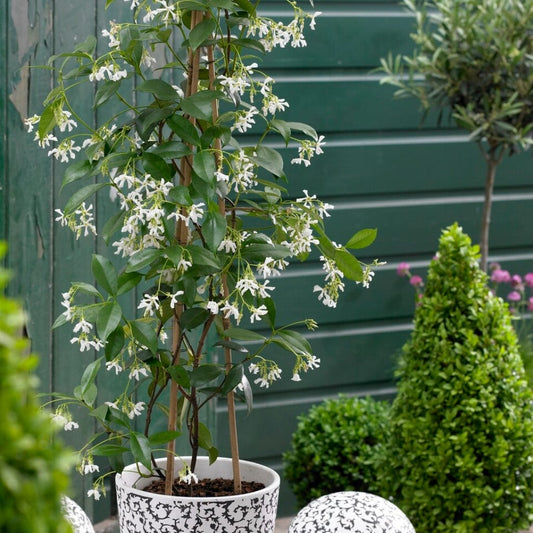Hereford
Meet Jack
Perennials born in Herefordshire, blooming in your garden
Our perennials start life in the rolling Herefordshire hills, where Jack and his team trial over 250 new varieties each year to bring you the best performing and most sustainable plants in the UK. With over forty years of excellence, it’s no surprise that they’ve won the HTA Plant Grower of the Year award two years running.
Need help picking?
Foxglove FAQs
When is the best time to plant foxgloves?
The best time to plant foxgloves (digitalis) is in late spring or early summer (May to July). You can also grow them from seed, by sowing seeds indoors in late winter.
Where should I plant foxgloves in my garden?
Foxgloves like a position in partial shade and well draining soil, but they will also grow in full sun. Dappled sunlight is best, such as under trees. Avoid planting foxgloves in hot, dry, or waterlogged soil.
How far apart should I space foxglove plants?
Plant your foxgloves about 30-45 cm apart to allow for good air circulation and growth.
Do foxgloves need to be fertilised?
Foxgloves don't really need feeding. If your soil is very poor however, you can add a general purpose fertiliser or mix in plenty of manure or compost before planting.
How often should I water foxgloves?
Water your foxgloves regularly so that the soil is always moist but never waterlogged, as they can suffer from root rot if they get too wet.
Do foxgloves need support as they grow?
Tall foxglove varieties (which is most of them!) will benefit from staking to stop them bending or toppling over in strong winds. Use bamboo stakes or plant sticks and tie the stems gently to avoid damaging them. Planting against a wall or fence, or planting densely, also helps.
When do foxgloves bloom?
Foxgloves flower from May to July, with some variation between different varieties. Grown from seed or plug plants, they probably won’t flower in the first year, but garden ready plants will produce flowers.
How do I deadhead foxgloves?
Deadhead foxgloves by cutting off the flower spikes once they have finished blooming. This encourages the plant to produce more flowers. It also stops them self seeding everywhere if that’s a concern!
Are foxgloves poisonous?
All parts of a foxglove are poisonous if you eat them, which we certainly don’t recommend. If you’re worried about this, plant them out of reach of pets and small children, and wear gloves when gardening.
Fighting plastic waste
Delivering fresh from the nursery
Supporting UK growers


